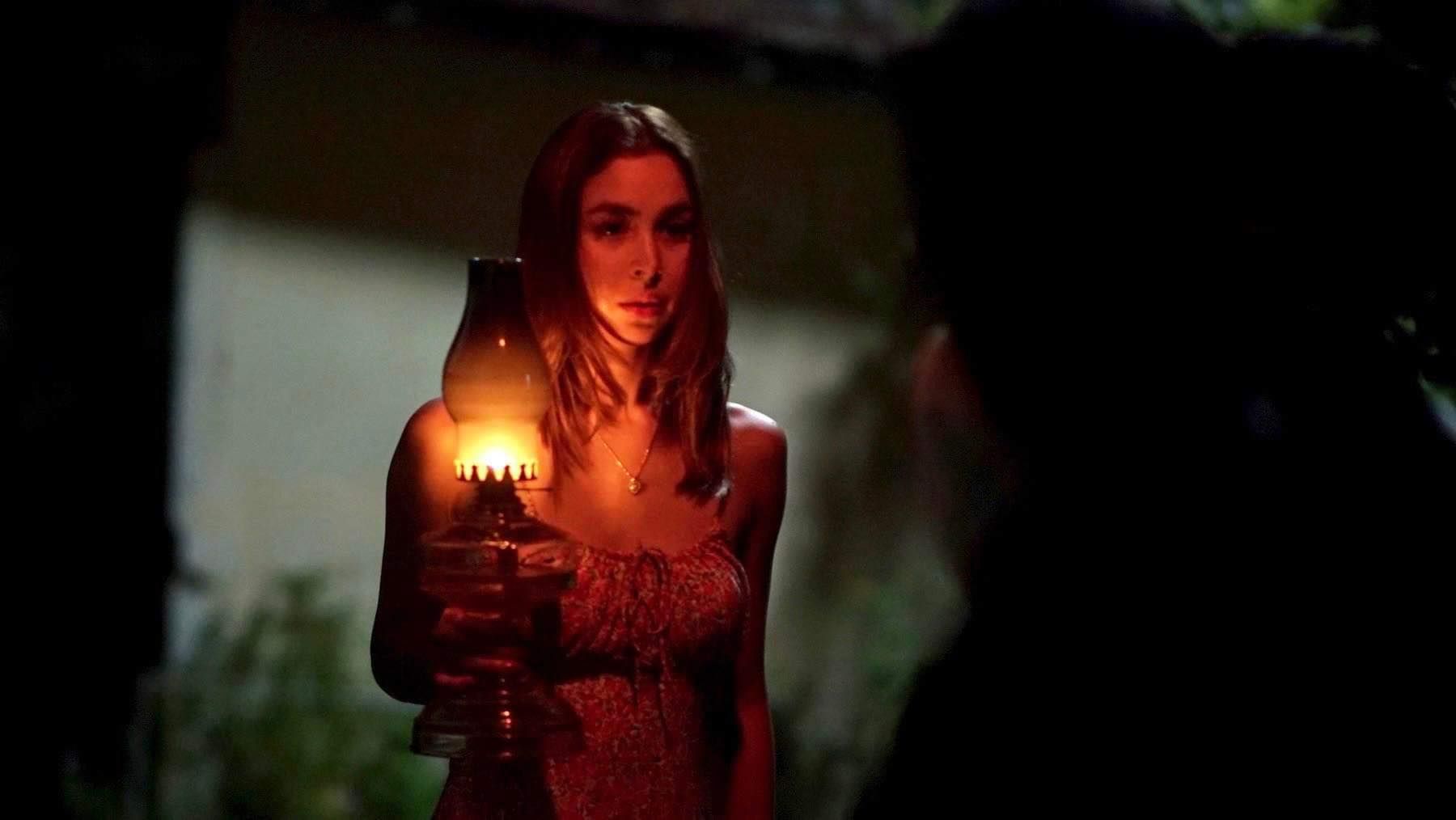SINCE Vivamax live streaming on the initial phases of its screening Filipino films was mostly sex-oriented fares, you’d think “Bahay na Pula” would be a story on white slavery or prostitution. Or it could be an allusion to the traces of geo-political origins of the name of the town Pola and its demographics. It’s more than them, anyway.
Although it could pass for a house of sex slaves and comfort women being devoured by the monstrous libido of Japanese soldiers, the film is a residence as well of spirits.
At the outset, the red and white painted old house standing in the heart of Pola, Oriental Mindoro can be divided in three evocative dimensions—the real, the historical and the supernatural.
Other houses are employed as well to spill their own stories intertwined with the old one.
On a realistic plane, the construction of a love nest for newly-weds couple Jane (Julia Barretto) and Raffy (Xian Lim) at the beginning of the film might be building characters, themes, impressions and motives which already exposes foreshadowing nuances and instances of life (ultrasound of their baby), morality (a case of malversation of funds against Raffy) and death (construction worker falls off height of the site). Juxtaposed to it is Jane’s family business of buying antique houses, restoring and relocating them just like selling their red house in Pola where its payment is already invested in her and Raffy’s dream property.
Pola as a Local Government Unit (LGU) with true-to-life lady mayor Jennifer Cruz (real screen actress Ina Alegre) in cameo role representing publicly the National Historical Commission of the Philippines (NHCP) and deciding authority in the eviction of historical landmarks in the community with influential engineers in tow and the quotidian of bureaucratic municipal employees that include Roger (Marco Gumabao), former boyfriend of Jane.
Strange-looking Aling Ising (Erlinda Villalobos) has been the old house caretaker for years who keeps dark secrets of the place now takes care of the short stay of the couple.
On the historical level, the antique house served as a Japanese quarters during the war where comfort women that included Ising (as lover of the Jap commander) were hidden at the basement.
It is where the supernatural landscape of the film unfolds. It reveals the ghostly appearances of the Japanese officer and his obsession with the woman house guest he finally possesses in her fantasy to the satisfaction of Ising who later in her shamanic whispers ownership of the life beating inside the womb. Meanwhile, the recurrence of the samurai signifies revenge and murder of the mundane.
These bizarre images like transference, occult, mysticism etc. are the most powerful visuals director Brillante Ma. Mendoza has unleashed in his multidimensional treatment of the menage a trois between Ising, the Jap and Jane on the realms of the spiritual and the magical using Oriental concepts of Taoist and Shintoist principles of supernaturalism without discounting the interplay of a deviated Catholic belief on a bloody and gory immaculate conception superseding Jane’s fertility.
No complications here are unresolved from the court decision on Raffy’s corruption case to Roger’s death to Ising’s eternal love for the Jap war chief to the standstill of the old red house.
